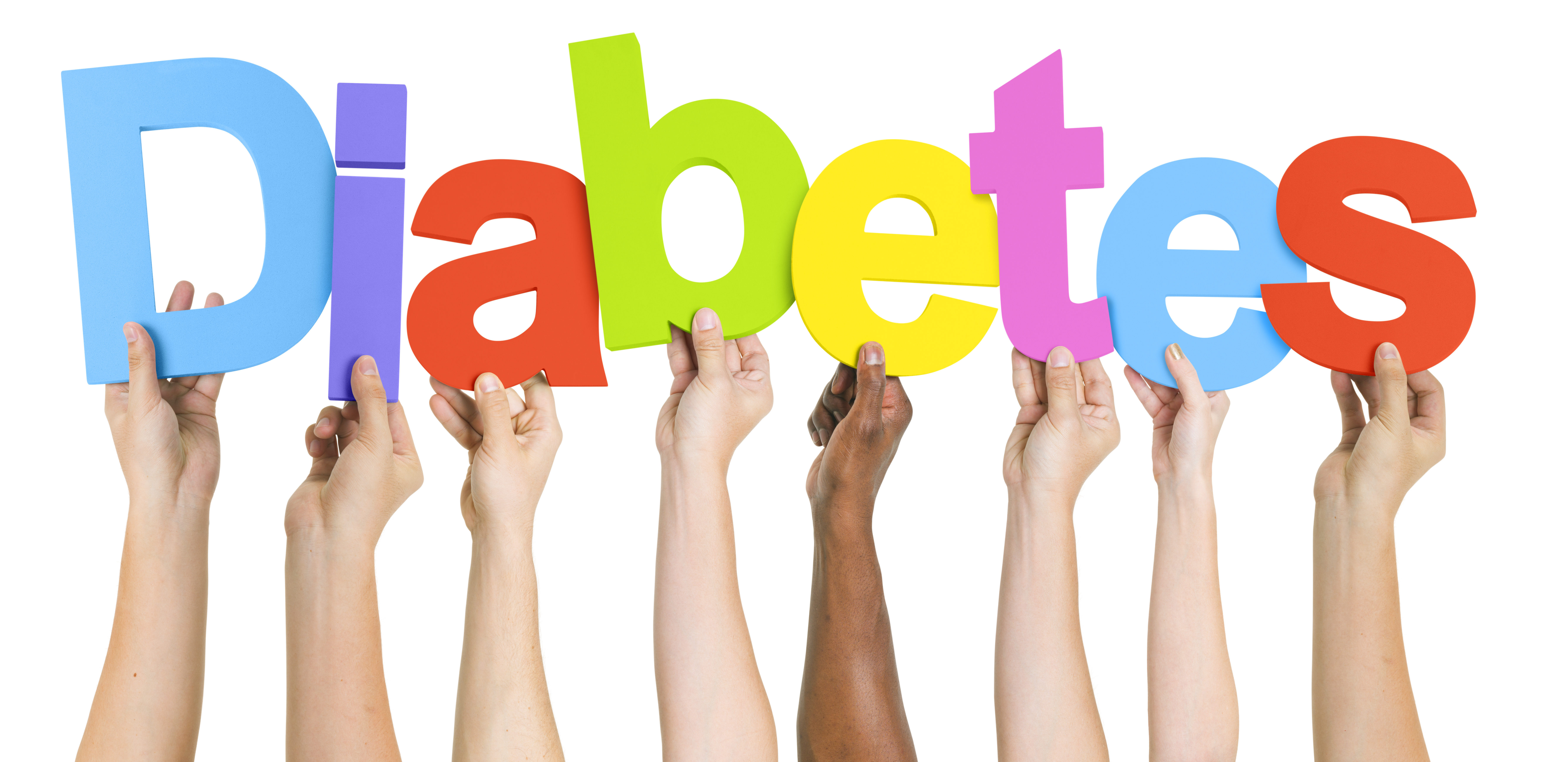Harvard Health Blog
Racial and ethnic minority communities hit hard by type 2 diabetes: Here’s what we can do

As you probably know, type 2 diabetes has become a major health problem in the US and around the world. People with type 2 diabetes cannot effectively use glucose (sugar) from the food they eat to fuel the body. As a result, blood sugar levels are consistently higher than normal. Over time this can lead to serious, even deadly, complications such as heart disease, kidney disease, and stroke. The slow and insidious nature of persistently high blood sugar can also cause problems that interfere with quality of life, including vision changes, nerve pain and infections that are slow to heal.
It is estimated that 415 million adults around the globe have diabetes, and by the year 2040 this number will increase to 642 million! It’s a tremendous problem, in both the number of people affected and the health consequences of untreated diabetes. Of the 30.3 million adults in the US with diabetes, 23.1 million were diagnosed and 7.2 million were undiagnosed! An even greater cause for concern is the many people who have higher than normal blood sugar (prediabetes) and are on the verge of developing type 2 diabetes. It is estimated that in 2015, 84.1 million Americans age 18 and older had prediabetes.
Some populations are especially vulnerable to diabetes and its complications
As daunting as all that sounds, the situation is even worse for some racial and ethnic minorities in the US. Latinos/Hispanics, African Americans, American Indians, Native Hawaiians, Pacific Islanders, Arab Americans, and Asian Americans have a higher risk for diabetes and its deadly complications.
Why? There are genetic factors that affect the ability of the pancreas to produce enough insulin and/or the ability of the body to respond to insulin. In addition, some of these populations have a genetic tendency to accumulate fat in the belly (abdominal obesity). This can have metabolic consequences that increase the risk for diabetes, heart disease and other health problems. In addition, lifestyle factors such as inappropriate nutrition and lack of physical activity lead to increasing rates of obesity, a major risk factor for type 2 diabetes. And there are other non-medical issues that contribute to this problem. Disparities in income, education, health literacy, and access to health care may result in otherwise preventable (or treatable) cases of diabetes. And for some, cultural factors are barriers to preventing diabetes and controlling the disease appropriately.
So what to do?
If we stopped this story right here, you might get the impression that these populations are fully responsible for the health problems they are facing, and that there is nothing we can really do about it. But that is simply not the entire story. We can, and should, look at the clear inequalities in health care delivery that may influence the development and progression of some chronic diseases such as diabetes. In 1999, Congress asked the Institute of Medicine to assess these disparities. The goal was to explore factors that may contribute to inequities in care and devise strategies to mitigate these disparities.
The report from that study, Unequal Treatment: Confronting Racial and Ethnic Disparities in Health Care, found that medical care varied greatly by race, even when insurance status, income, age, and severity of conditions are comparable. This research indicates that US racial and ethnic minorities are less likely to receive even routine medical procedures. They are also more likely to experience a lower quality of health services around diabetes and other conditions.
One of the first steps in addressing these issues is to make the general public, health care providers, insurance companies, and policy makers aware of these disparities and the public health consequences of them. It is especially important for health care providers across the nation to be aware of the multiple biological, social, psychological, financial, and cultural factors that influence diabetes and other diseases, and to routinely take these into consideration when developing prevention and treatment programs for all groups.
We’ve come a long way in the fight against diabetes. However, as we continue with our collective work to improve the lives of people with diabetes and those at risk for the disease, we should not forget there are some people who need an extra hand. That is simply the right thing to do.
Dr. Caballero was recently recognized by the City of Boston for his unwavering commitment and continuous work to improving the health of Latinos in the community.
About the Author

A. Enrique Caballero, MD, Contributor
Disclaimer:
As a service to our readers, Harvard Health Publishing provides access to our library of archived content. Please note the date of last review or update on all articles.
No content on this site, regardless of date, should ever be used as a substitute for direct medical advice from your doctor or other qualified clinician.















